Backup power in the education sector is a must for every facility. However, estimating the amount of backup power necessary for each building and/or classroom can be difficult to estimate. This means you need a backup power supply that is scalable and also available when needed.
Areas Where Backup Power is Necessary in the Educational Sector
The primary reason backup power for the educational sector is important is to facilitate learning even when there is a disruption in the school’s electricity supply. Some of the aspect’s schools use power for include,
- Powering computers, televisions, projectors, etc. in classrooms
- Keeping fire alarms, security cameras, biometric attendance systems, the school’s intercom, HVAC units, and more functioning properly without interruption.
- Cafeterias rely on electricity for vending machines. Kitchen appliances, dishwashers, checkout kiosks, and more.
- School administrators rely on electricity to power printers, computers, faxes, and scanners.
- Equipment found in art and music rooms also rely on electricity, along with labs, auditoriums, recreation rooms, and more.
Having a backup power supply will prevent any disruptions to these vital school areas.
Benefits of Installing Backup Power in the Education Sector
Backup power supplies are no longer considered a luxury, instead, it is a necessity. A UPS (uninterruptible power supply) keeps systems running during blackouts until electricity is restored.
Some of the benefits of using backup power in the education sector are,
- Provides clean power to attached equipment and protects sensitive IT equipment from damage due to power surges. The UPS can adjust power output to provide a reliable source of electricity.
- Protect equipment and systems from electrical spikes, dips, and failures.
- The UPS will switch on automatically when an interruption is detected in the power supply.
Backup Power for Colleges and Universities
Universities and colleges are comprised of multiple buildings, each with its own power needs. Working together, the National Fire Protection Association (NFPA) and the National Electrical Code (NEC) have set guidelines. The NFPA focuses on safety and economic loss due to fire and electrical hazards. The NEC sets standards for electrical wiring, current protection, grounding, and equipment installation. All higher-learning campuses are expected to follow these standards.
Older buildings may experience additional difficulty meeting these standards due to aging electrical infrastructures.
As the likelihood of a power failure increases, universities and colleges must identify any factors that can determine how long the power will be out.
Action Services Group has over 32 years of experience in facility maintenance and electrical projects. We offer customizable turn-key electrical project solutions for commercial facilities, with a full staff of project managers to make sure you electrical projects are completed safely, within budget, and on time.
What Happens When the Power Goes Out
Some universities are also home to hospitals and a power failure can have devasting consequences on patients’ health and the quality of care they receive. While ensuring an on-campus hospital has a reliable source of power, it also applies to other facilities like libraries, labs, and classrooms.
When the power fails the following steps are usually taken by the UPS.
- The load is briefly assumes by the uninterrupted power supply (UPS) while the generator starts.
- The generator starts and UPS surrenders the load to the generator.
- The switchboard and critical power requirement circuits are auto configured for loss of power.
When electrical power is restored, the UPS returns the load to the primary power supplier (your electrical company).
Backup Power for the Educational Sector Requirements
Universities that remain in operation for extended periods must ensure the backup power system meets current regulations. With the implementation of the NEC 2017 700.3 (F) code all colleges are required to install a temporary power source and connect it to the emergency grid.
The manual transfer switch is connected to the temporary generator during the maintenance process. The temporary generator assumes the load if power is lost during primary generator maintenance. The temporary generator is disconnected when maintenance on the primary one is completed.
Colleges are required to periodically test and run diesel generators. Regulations also require any updates to the generators to ensure the safety and well-being of the facility and students. If additional equipment is added after installing the backup generator, the existing UPS must be able to meet the additional power requirements.
Contact Action Services Group For Your Backup Power Needs
Backup power in the educational sector is vital for learning and safety. If you have questions about your current backup power supply or need to install a UPS, contact Action Services Group. Call 610-558-9773, emailing [email protected] or schedule a call that fits your needs by clicking the button below.



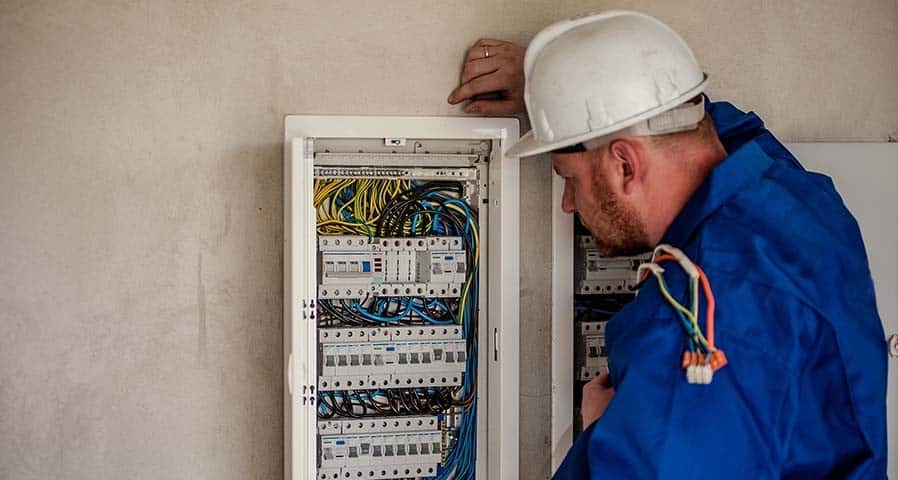

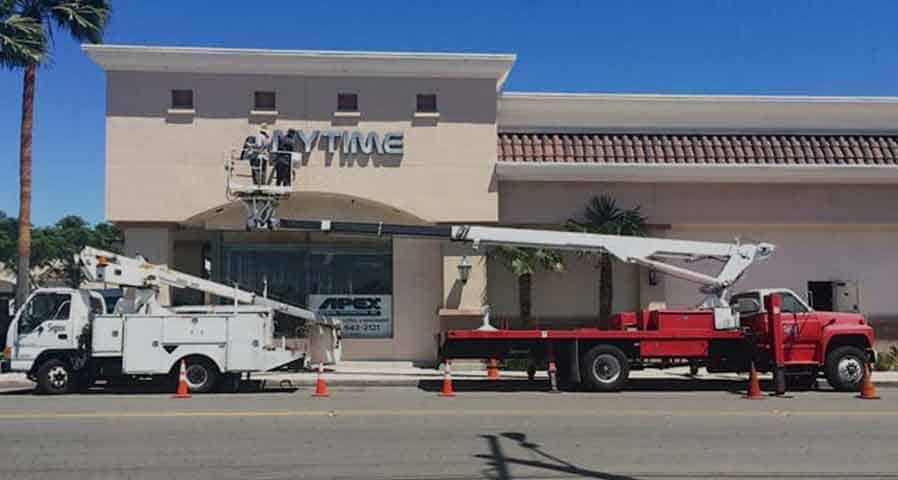

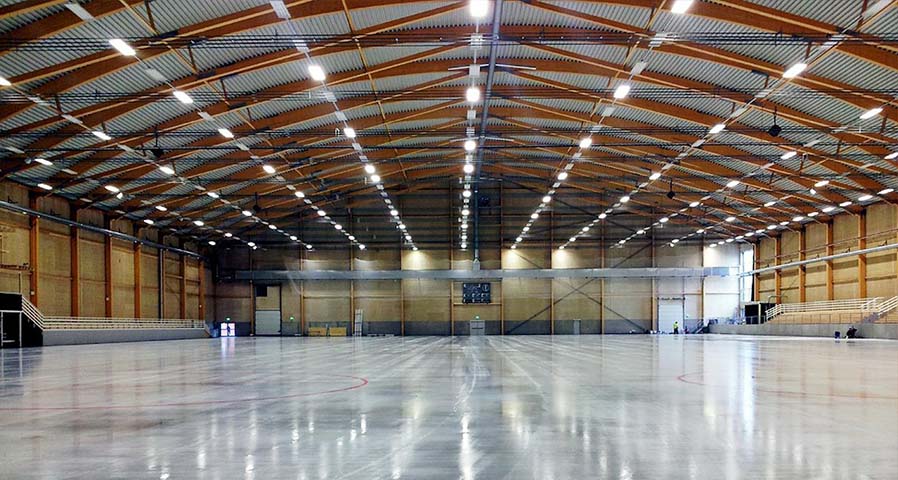
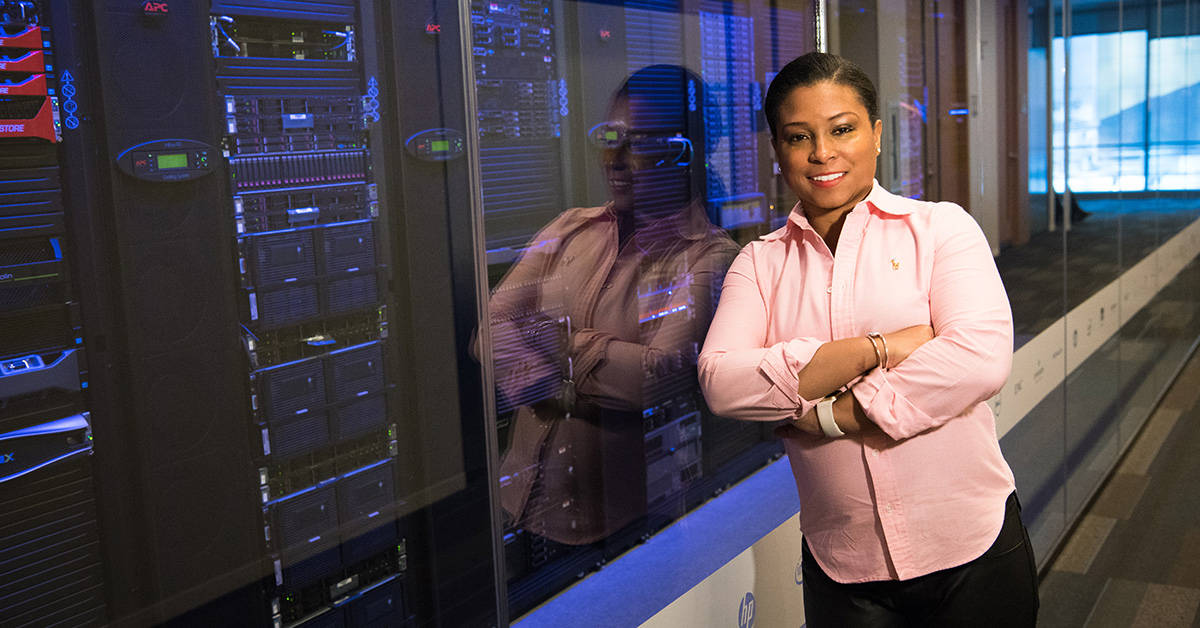







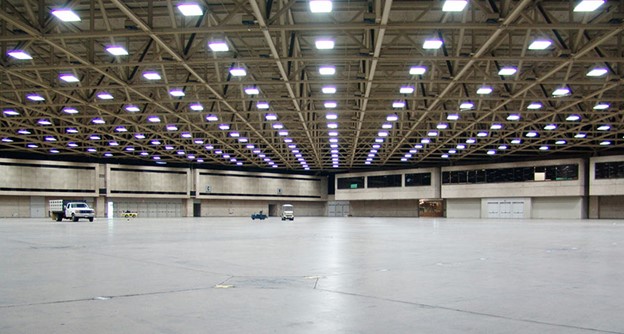
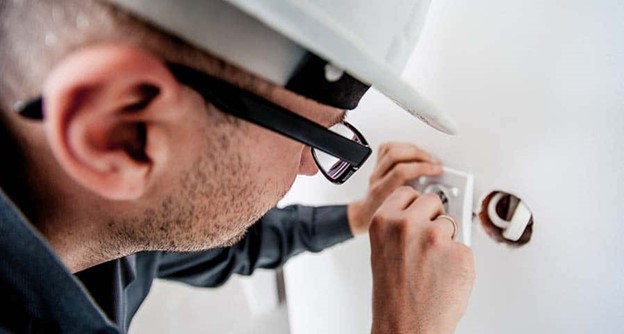

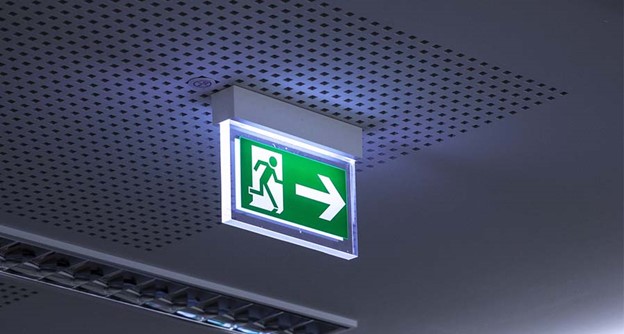

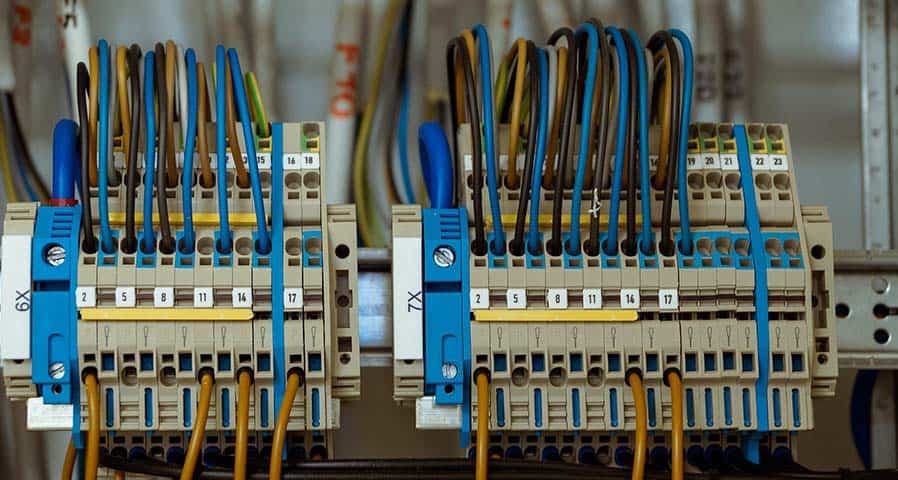


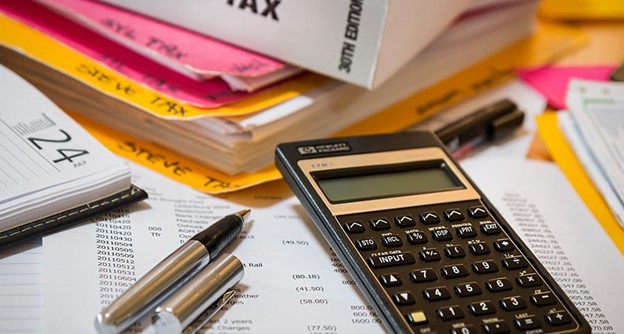
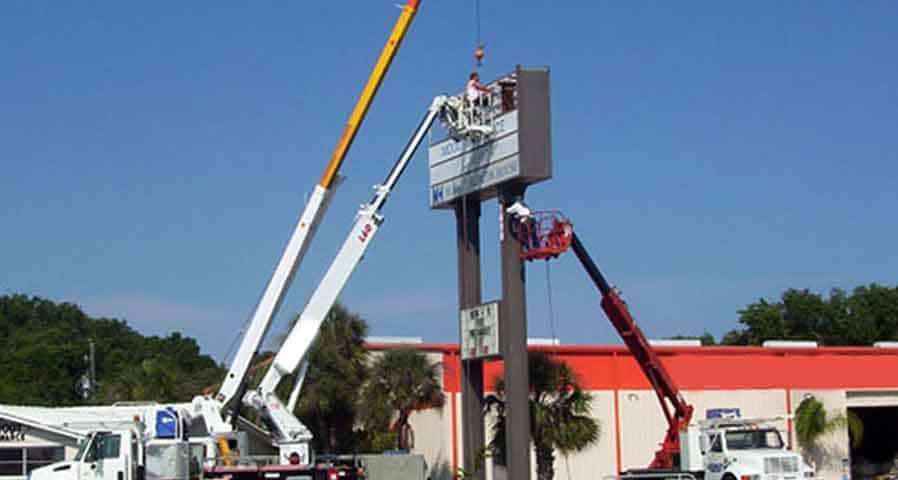

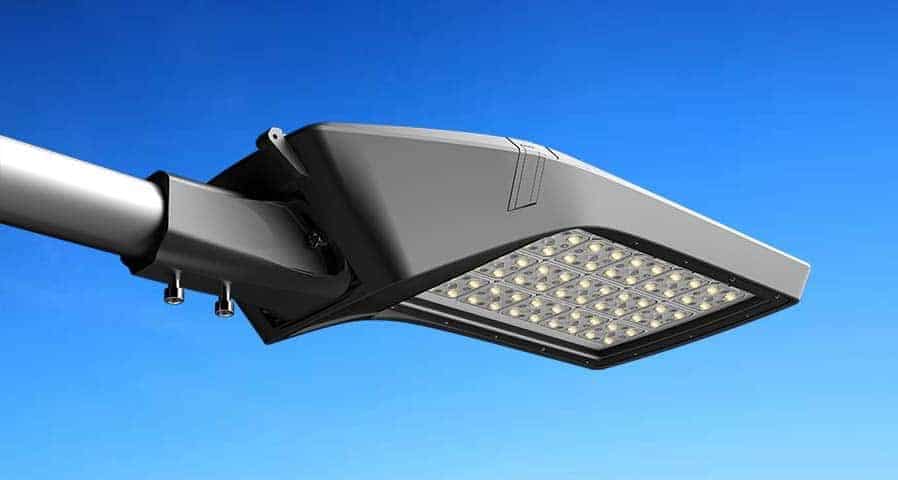
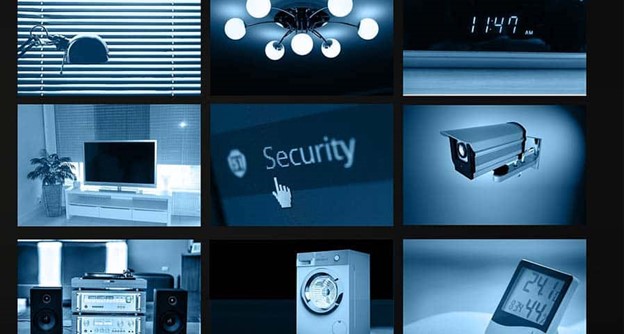

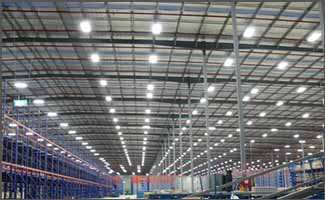





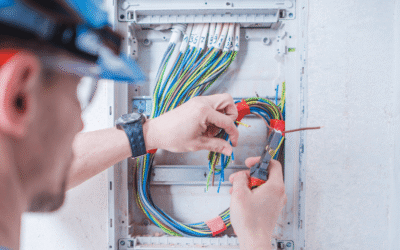



0 Comments